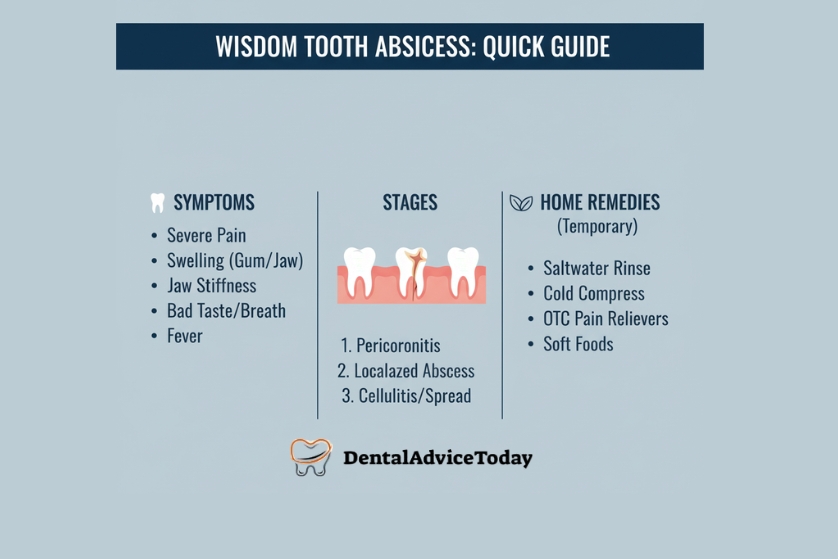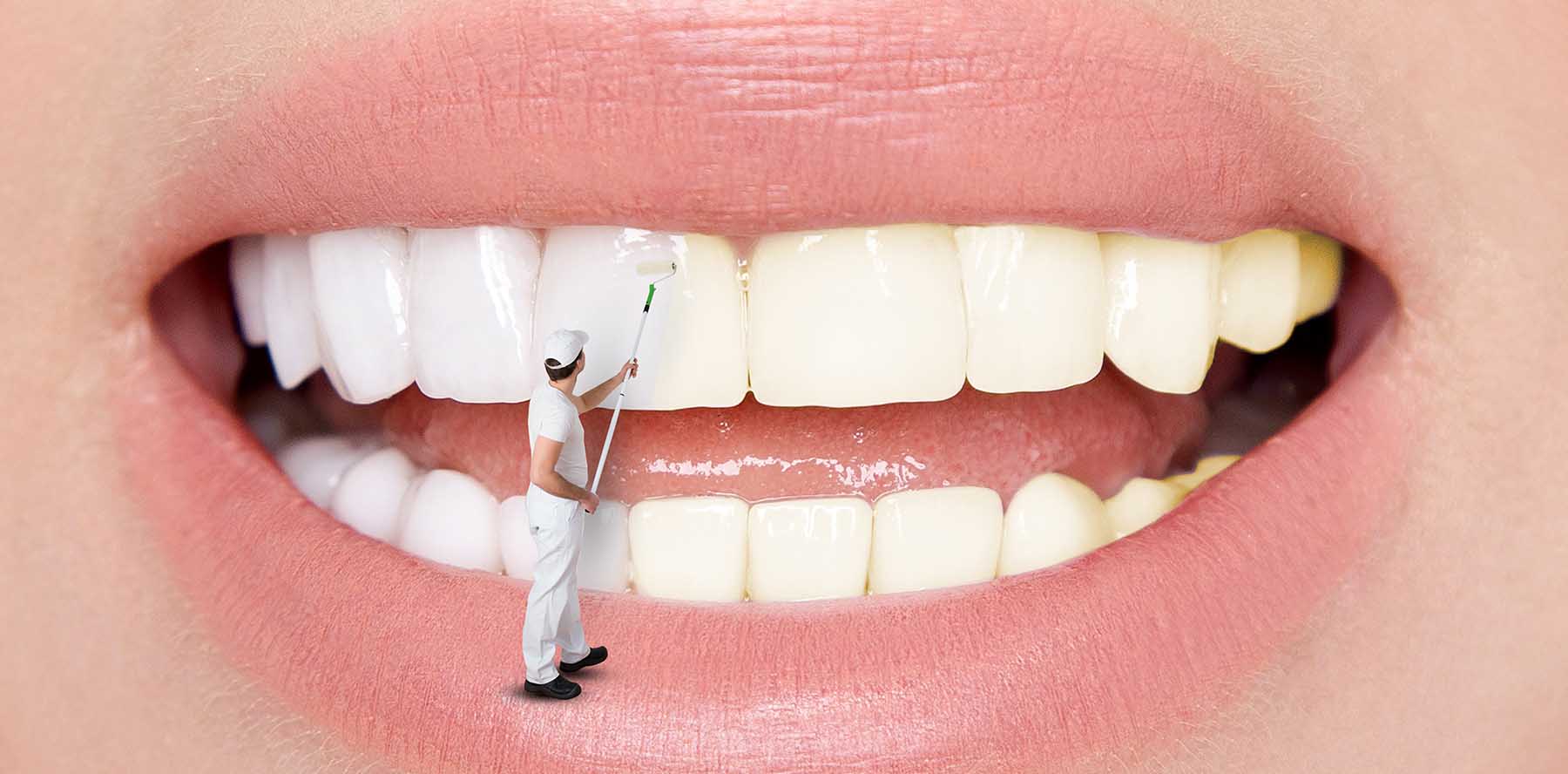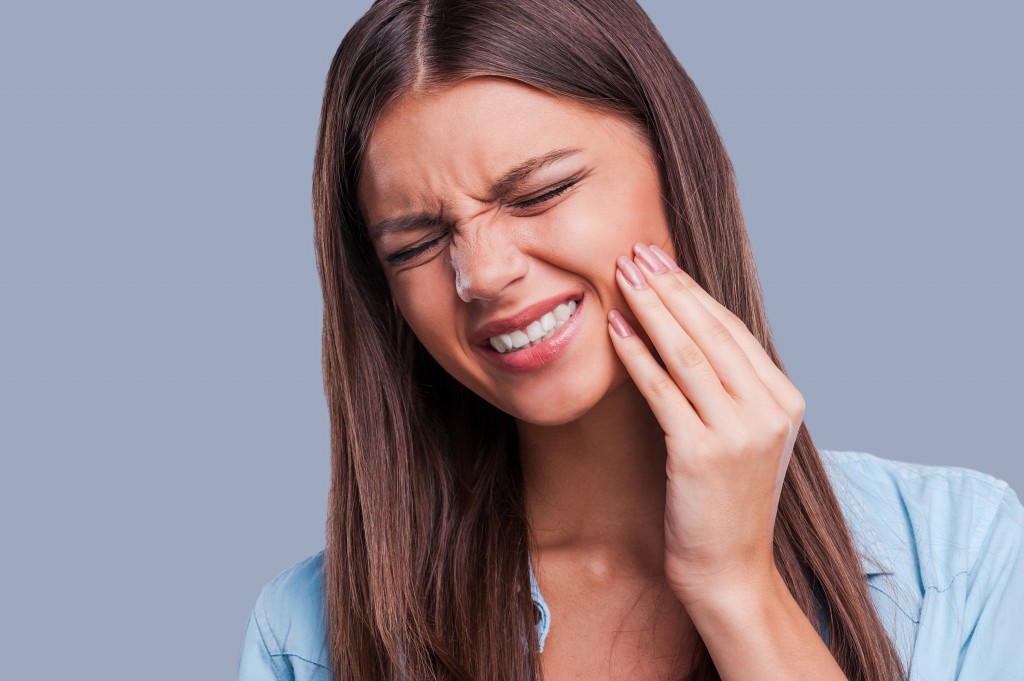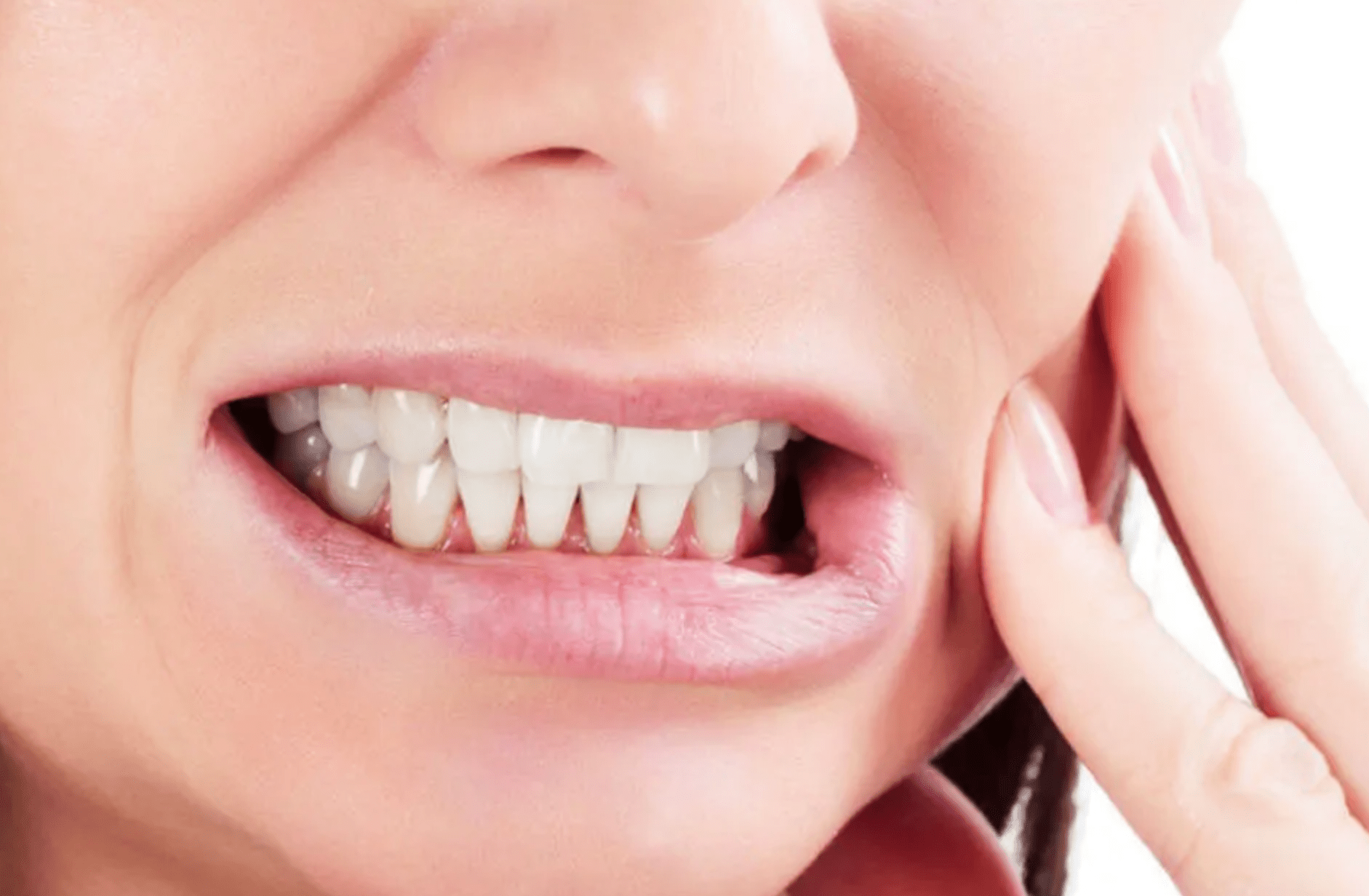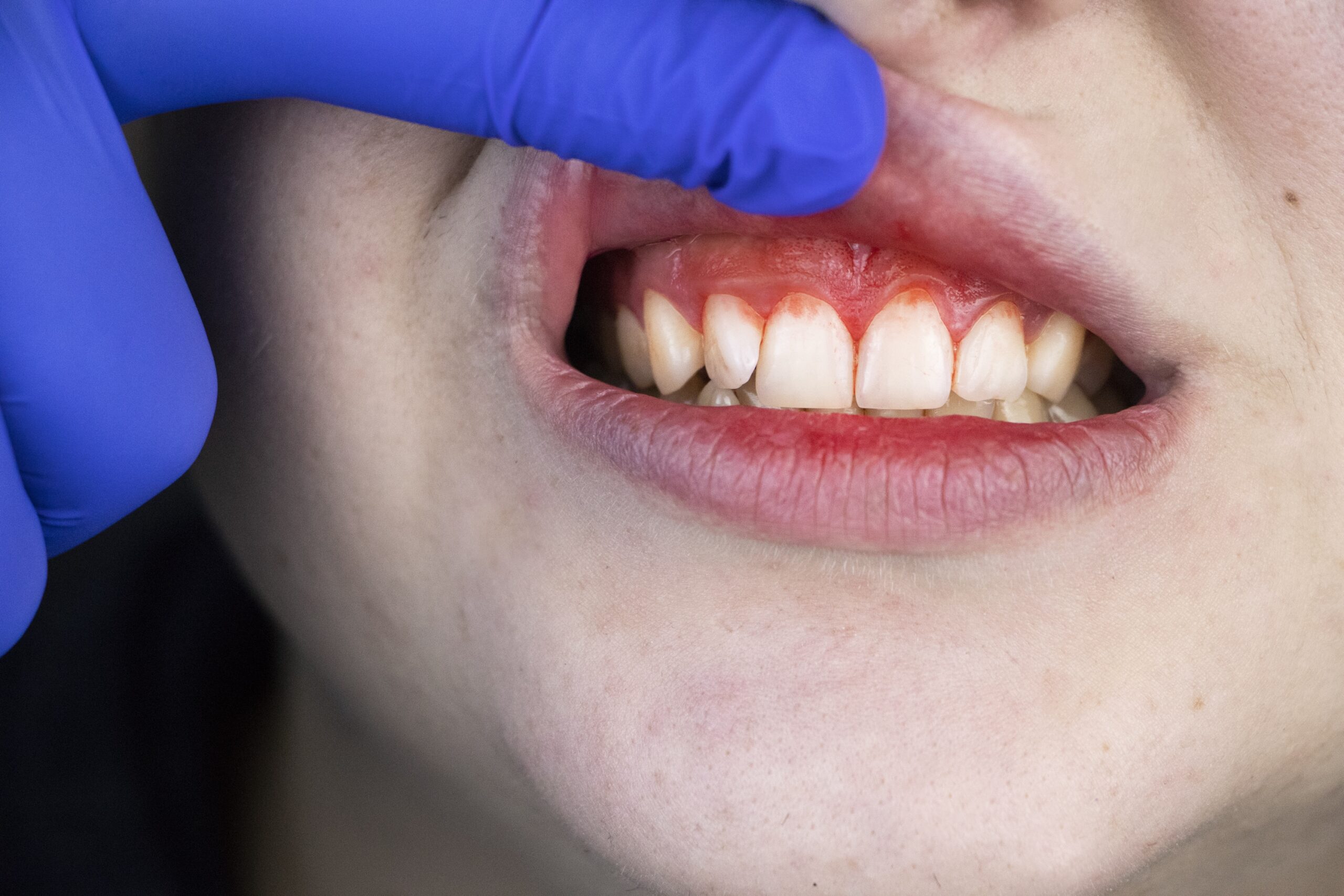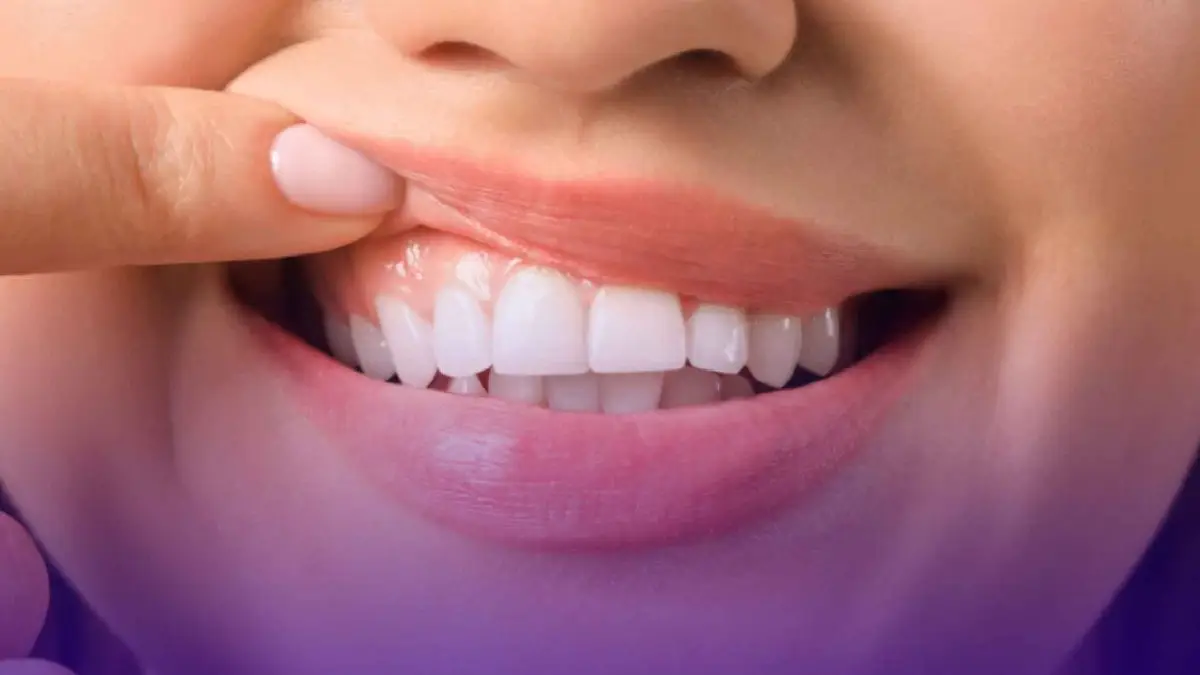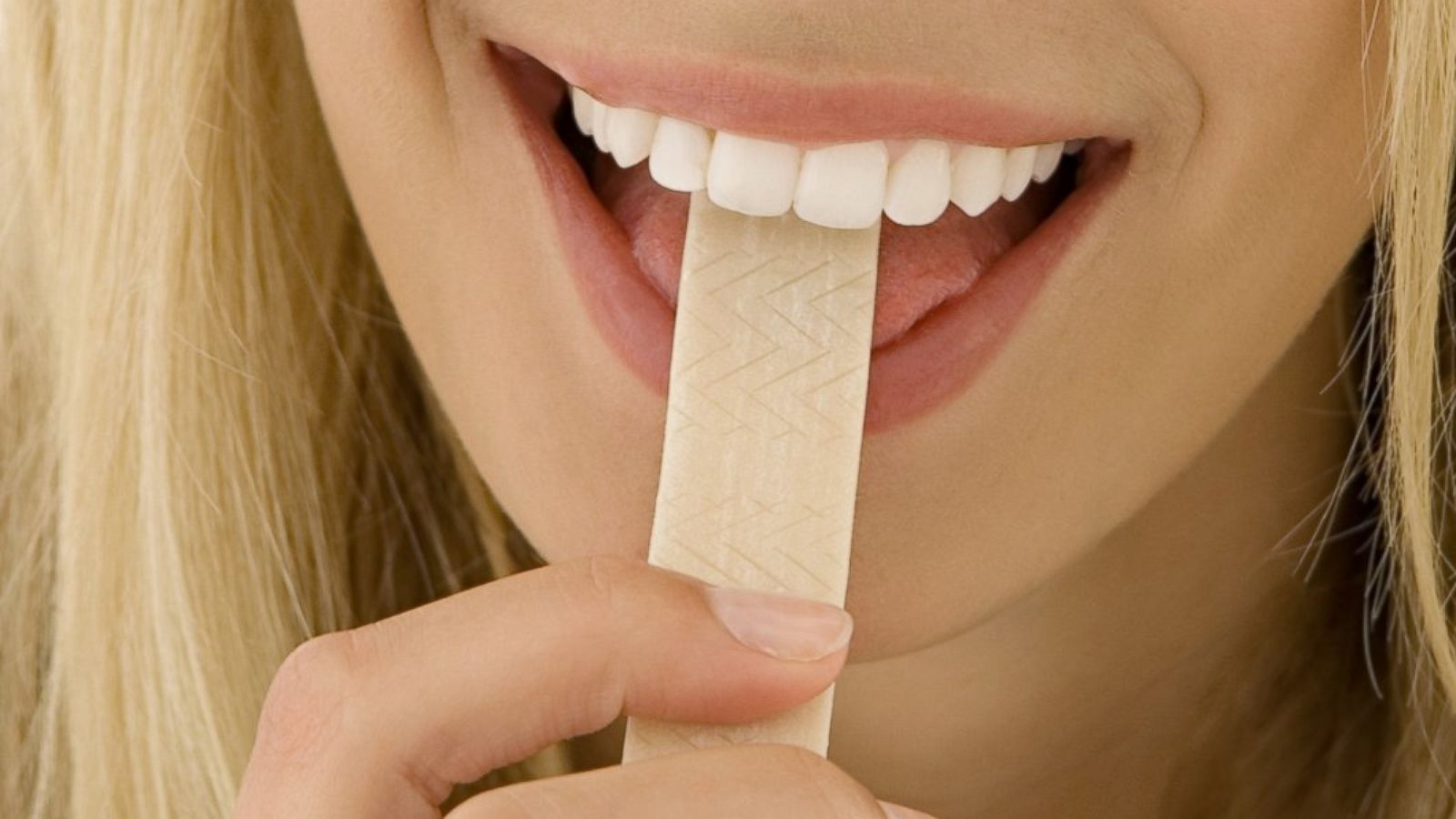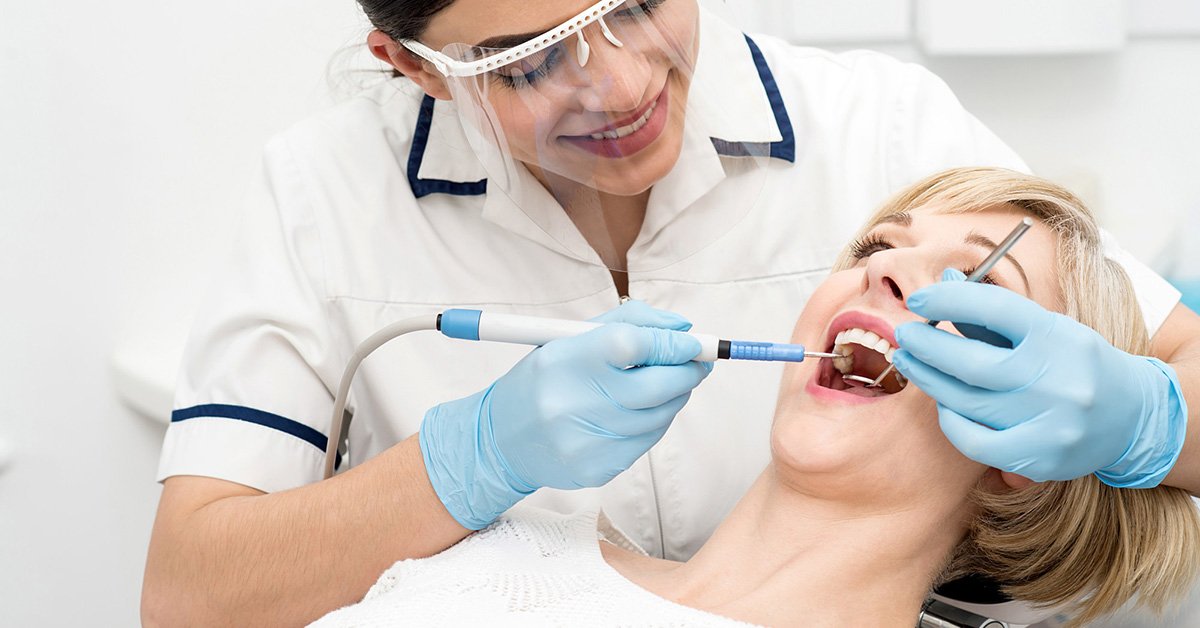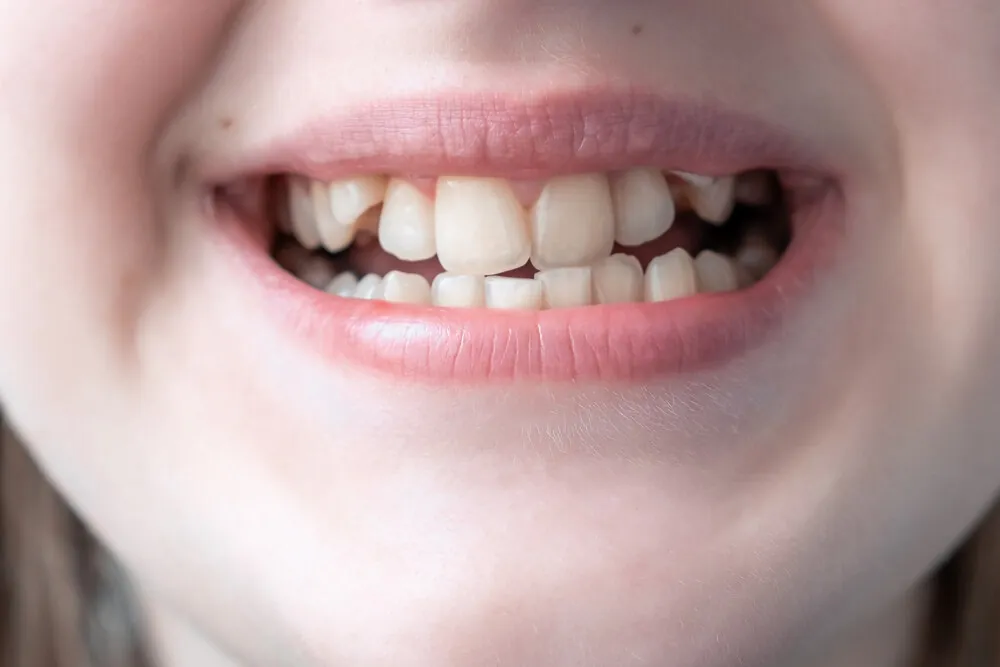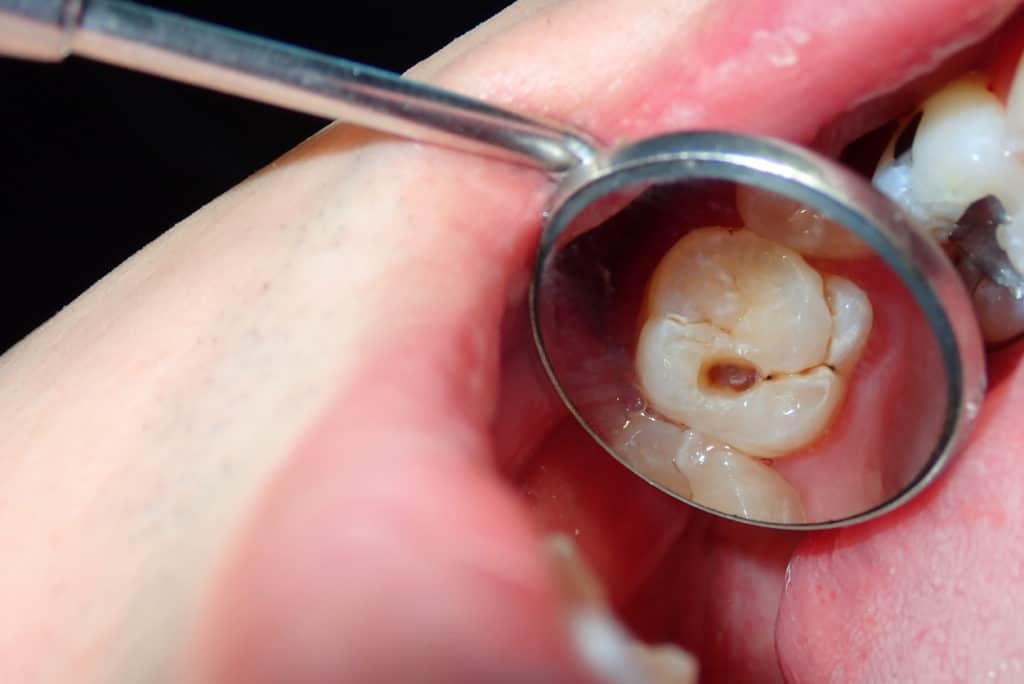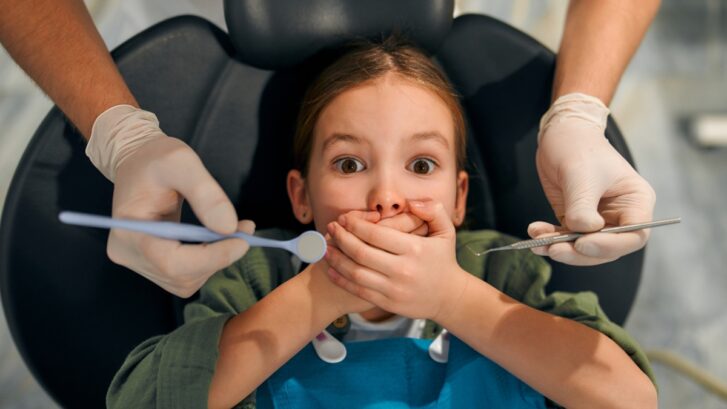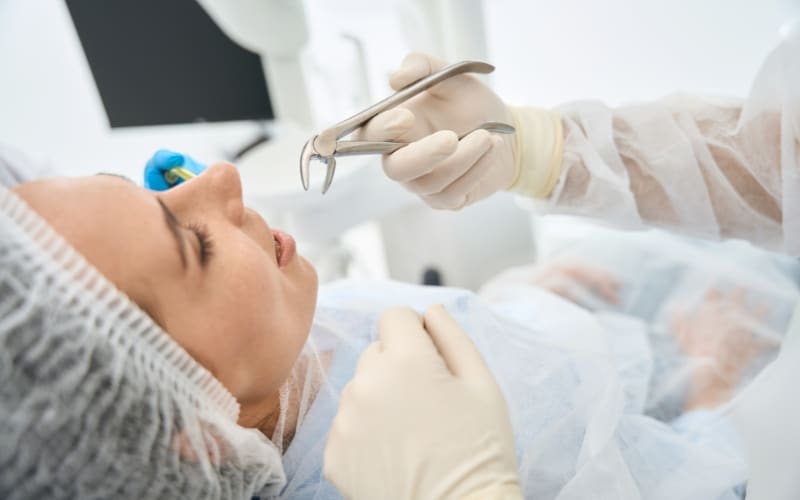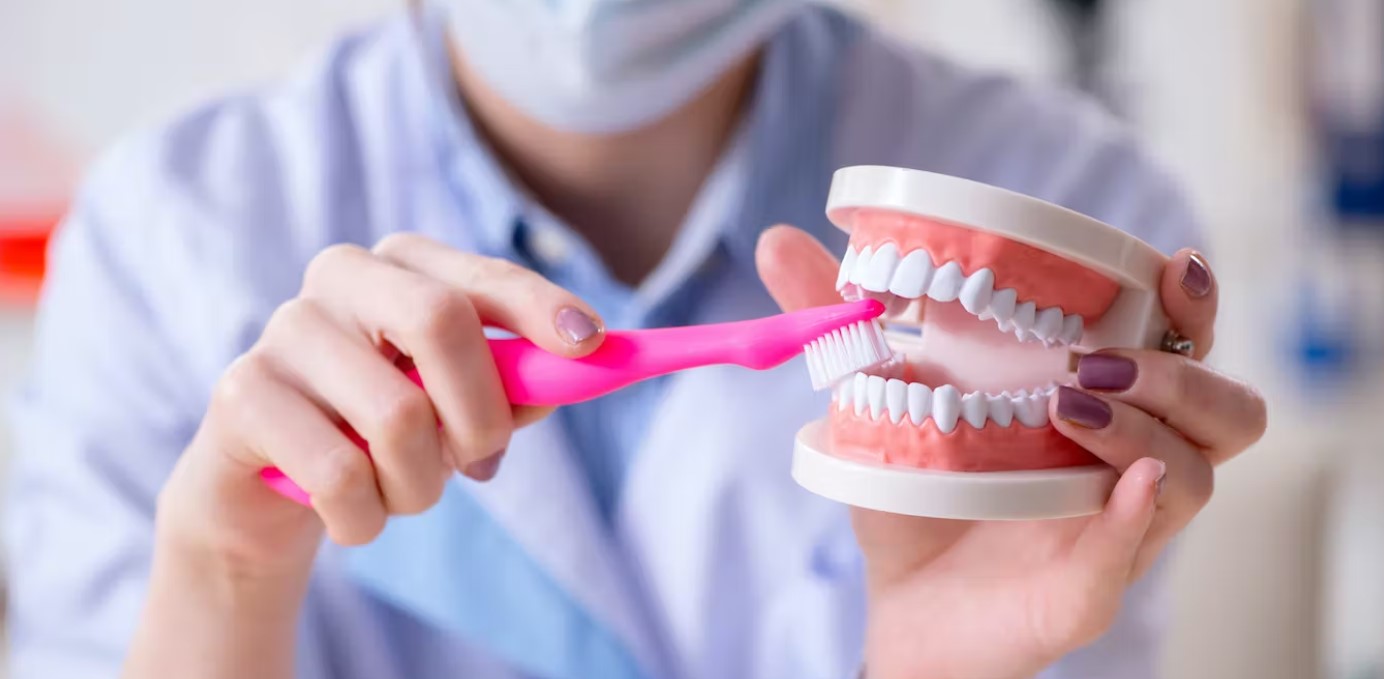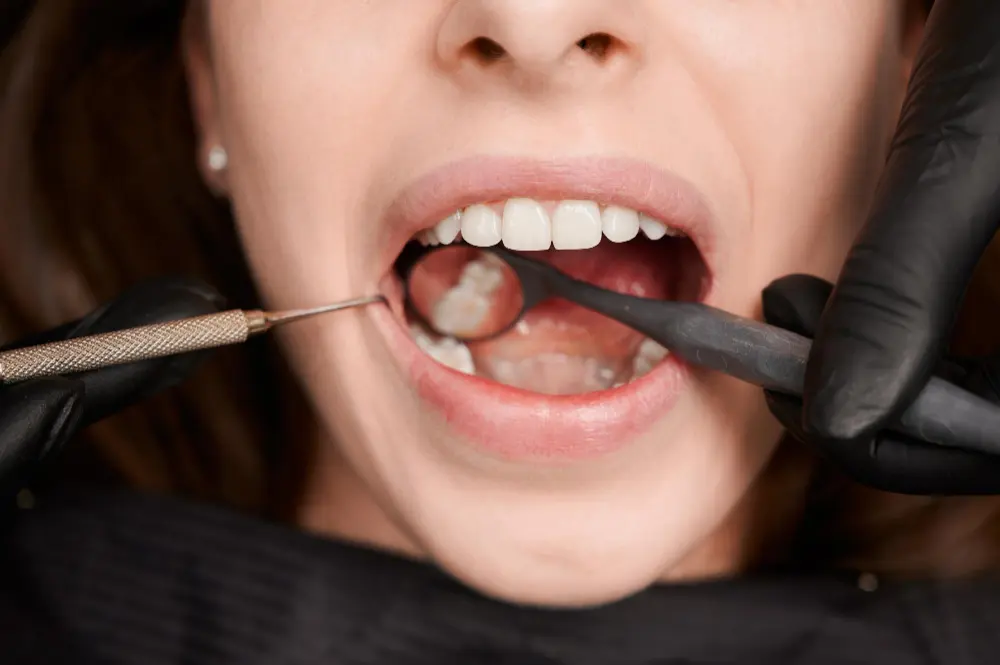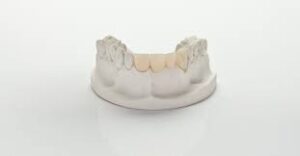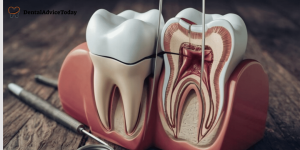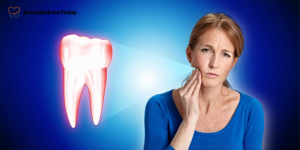Ever wake up with a throbbing pain in your jaw that won’t quit? That’s often a wisdom tooth abscess kicks in. I know, it sucked big time. These pesky third molars hide at the back of your mouth and cause trouble when they get infected. Bacteria sneak in, form pus, and boom, major discomfort. In the US, young adults deal with this a lot due to crowded teeth and busy lives, skipping dental visits. But don’t worry. This blog covers wisdom tooth abscess symptoms, stages, and simple home remedies. Spot issues early to avoid worse problems. Remember, these tips give quick relief, but see your dentist fast for real fixes.
Wisdom Tooth Abscess Symptoms
A wisdom tooth abscess happens when bacteria infect the area around your third molars, causing pus buildup. Symptoms alert you to this dental issue early. They range from pain to swelling, signalling infection. Spot them quickly to prevent spread. This section covers key signs for better awareness.
- You feel sharp pain in the back of your mouth that hits hard.
- Swelling appears in the gums and face with redness around the area.
- Pain worsens during chewing or with hot/cold drinks.
- Bad breath persists, and a bitter taste comes from pus.
- Don’t ignore; they indicate infection needing early action.
Causes Of A Dental Abscess
Dental abscesses form from bacterial infections in teeth or gums. Bacteria enter through decay or cracks, leading to pus. Common triggers include poor hygiene and diet. This section explains the root causes to help you prevent them. Understand these for better oral health.
- Bacteria enter the gum or tooth and cause infection.
- Decay creates holes in enamel where food particles stick.
- Germs multiply quickly due to poor brushing habits.
- Sugary foods feed the bacteria, worsening the issue.
- Bacteria enter teeth through injuries or cracks.
- Smoking harms gums and invites bacterial growth.
- Dry mouth creates an environment for trouble.
- Busy US lifestyles often skip dental checkups, leading to bigger problems.
- Bacteria then build pus pockets, and pain follows shortly.
- Keep your mouth clean every day to prevent many of these causes.
- If an abscess forms, seek help fast to avoid complications.
Wisdom Tooth Abscess Infection
Wisdom tooth abscess infection begins when bacteria infect partially erupted third molars. It leads to pericoronitis and pus formation. This spreads if untreated, causing more symptoms.
- Learn about this to recognise and act early.
- Wisdom teeth erupt late and crowd your mouth space.
- Partial eruption traps food particles in hard-to-reach spots.
- Bacteria thrive there, starting an infection under the gum flap.
- This condition, called pericoronitis, easily turns into an abscess.
- Pus forms around the tooth, blocking proper cleaning.
- Pain radiates to your jaw and nearby areas.
- Infection spreads to tissues, making you feel tired overall.
- Chills accompany fever in progressing cases.
- In severe situations, it reaches your throat, making breathing hard.
- Don’t delay; rinse your mouth often to ease signs.
- But always see a dentist right away, and they fix the root cause.
Wisdom Tooth Abscess Stages
Wisdom tooth abscess stages describe how the infection evolves from mild to severe. It starts subtly and worsens quickly. Knowing stages helps you intervene promptly. This overview breaks down phases for clear understanding. Act fast to halt progression.
- Abscess stages progress step by step from mild signs.
- You begin with subtle discomfort that builds over time.
- Early detection saves you from serious trouble ahead.
- Infection develops in distinct phases with new symptoms.
- Each stage alters treatment needs accordingly.
- Quick action prevents the spread effectively.
Early Stage
The early stage of a wisdom tooth abscess involves initial mild symptoms. Pain starts soft, with minor swelling. Bacteria begin attacking without pus yet. Recognise this phase to stop escalation. It lasts briefly, so check often.
- Pain begins softly, especially when you bite down.
- You feel slight discomfort around the wisdom tooth.
- Gums turn red and show minor swelling.
- Sugary foods and drinks cause sensitivity.
- Bad breath becomes more noticeable early on.
- No pus forms yet, and the fever remains absent.
- Check your mouth daily for any changes.
- Clean with warm water.
- Avoid poking the area.
- This stage can last days or even weeks.
- Catch it now to avoid bigger pain ahead.
Advanced Stage
The advanced stage brings intense pain and visible changes. Swelling increases, pus forms, and fever starts. Infection deepens into the pulp. Seek help here to drain and treat. This phase demands prompt action.
- Pain grows strong and throbs throughout the day.
- Swelling spreads to your cheek, puffing the face.
- Pus pocket forms inside, causing bad drainage taste.
- Infection reaches the tooth pulp, badly inflaming nerves.
- Chewing causes a ton of hurt and discomfort.
- Hot foods make the pain even worse.
- Fever begins low, and lymph nodes enlarge.
- You feel weak and tired overall.
- Head to the dentist at this point quickly.
- They drain the pus and prescribe antibiotics.
- Home care eases some symptoms temporarily.
- Professional help stops the advance effectively.
- This stage requires a fast fix to recover.
Critical Stage
The critical stage marks severe escalation with high risks. Swelling affects the neck, fever spikes, and breathing becomes tight. Sepsis looms if ignored. Rush to emergency care. Prevent reaching this by early intervention.
- Swelling reaches its peak, affecting your neck area.
- High fever sets in, making you very ill.
- Difficulty swallowing occurs due to inflammation.
- Breathing feels tight as the infection spreads farther.
- Sepsis risks increase, with the body fighting hard.
- Chills shake you, and pus drains more.
- Pain overwhelms everything in daily life.
- This calls for an emergency room visit immediately.
- Doctors act fast to save lives here.
- Don’t let it reach this dangerous point.
- Early steps and awareness prevent such severity.
Home Remedies For An Abscessed Wisdom Tooth
Home remedies help with an abscessed wisdom tooth. They ease pain short term. You try them at home. But they don’t cure. See a pro always. Let’s list some easy ones. Use common items.
- Saltwater Rinse: Mix salt in warm water. Swish for 30 seconds. It kills some bacteria. Reduces swelling, too. Do this three times a day.
- Cold Compress: Wrap ice in a cloth. Press on your face and hold for 15 minutes. It numbs pain. Cuts puffiness fast. Repeat every hour.
- Clove Oil: Soak cotton in oil. Dab on sore spots. It acts like a natural anaesthetic. Soothes nerves quickly. Use sparingly.
- Baking Soda Paste: Blend soda with water. Apply to the gums. Let’s sit for five minutes. It fights infection. Rinse after.
- Fenugreek Tea: Boil seeds in water. Sip warm tea. It reduces inflammation. Calm your mouth.
- Peppermint Tea Bag: Cool used bag. Place on the abscess. It cools and numbs. Freshens breath.
Final Thoughts
A wisdom tooth abscess hurts a lot. Symptoms warn you early. Stages show the path. Home remedies offer relief. But pros handle the fix. I urge you to act fast. Keep your smile healthy. Brush and floss daily. Skip sugary snacks. Regular checkups catch issues. You deserve pain-free days. Stay smart about oral care.
FAQs
Can a gum abscess occur after wisdom tooth extraction?
Yes, a gum abscess forms after extraction. Infection lingers if care slips. Clean the site well. Follow the dentist’s tips. Antibiotics help sometimes. See doc if pain returns.
Can a wisdom tooth cause an abscess?
Sure, wisdom teeth cause abscesses often. It sits back hard to clean. Impaction traps bacteria. Pus builds up. Extraction fixes it usually.
How to get rid of an abscess after wisdom tooth extraction?
Dentists get rid of abscesses. They drain pus. Prescribe meds. Rinse at home for relief. Don’t self-treat fully. Pro care prevents the spread.
